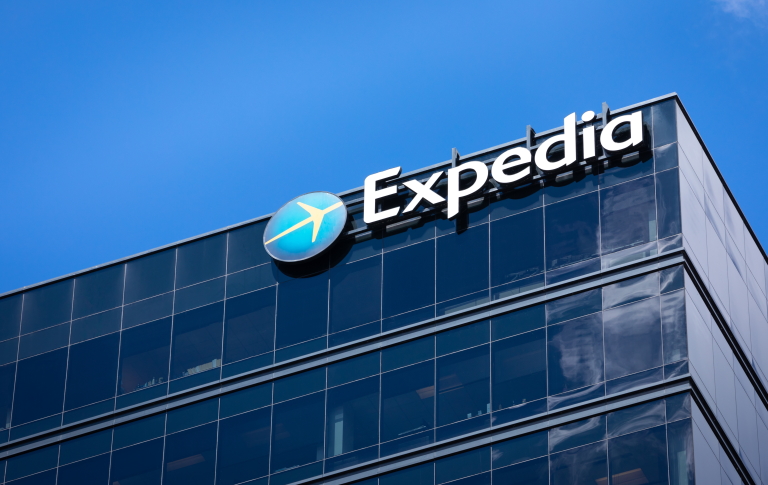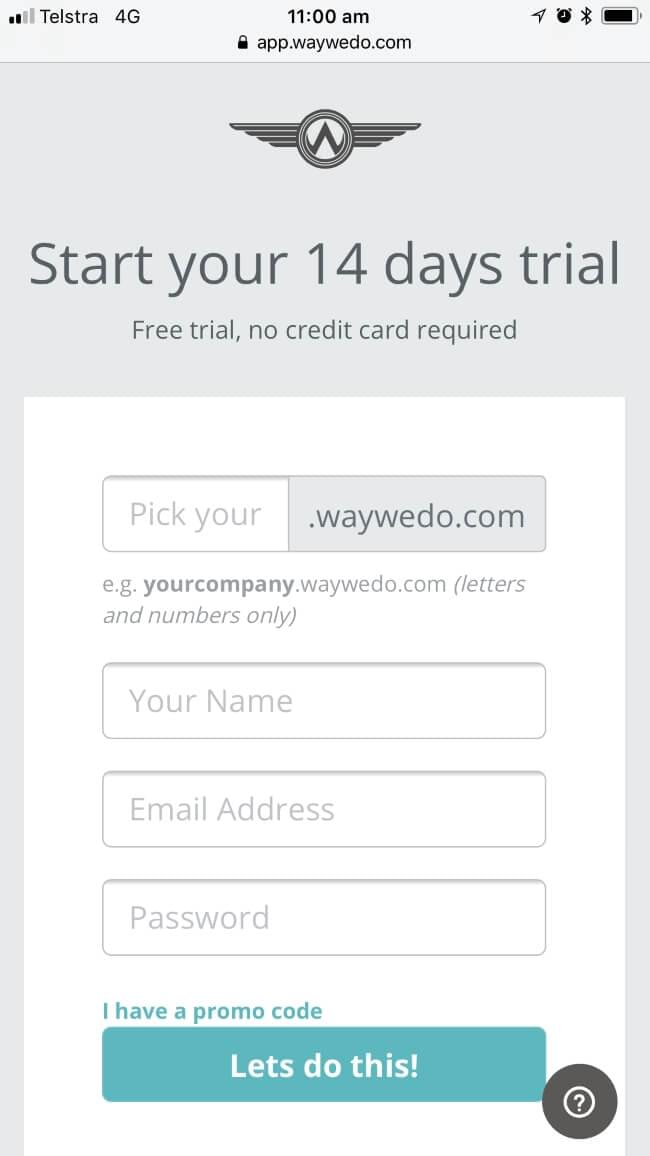In 2012, research showed that for every 100 customers who booked travel and accommodation on Expedia, 58 placed a call looking for assistance afterwards. The company monitored its call center for call frequency and satisfaction levels, so call centre workers were trained to make the customer happy as fast as possible to minimize expenses.
Ryan O’Neill, then Head of Customer Experience Group, observed that the company was looking through the “lens of cost” and resulting activities were focused on reducing that cost. The question the company had been asking was, “How can we reduce a 10-minute call down to two minutes?” With approximately 20 million calls logged each year at an average cost of $5 per call, the problem was worth was worth a staggering $100 million per annum, so it seemed an obvious question to ask.
But O’Neill started asking different questions. Like, “Why spend any minutes on a call, when we could outsource the problem directly to the customer through an online service?”
Understanding the upstream problem
O’Neill shared his thoughts on the subject with Tucker Mooney, Expedia’s Executive VP of Global Customer Operations. The two explored the issue by asking a basic – but until now neglected – question: “Why are so many people calling in the first place?”
To get a better sense of why this was happening, O’Neill and Mooney created a list of reasons and ranked them. The number one reason customers were calling was to ask for a copy of their itinerary because they weren’t receiving confirmation emails after placing their order. Digging deeper, O’Neill and Mooney discovered this was happening because:
- customers entered the wrong return email address
- the confirmation email ended up in their junk folders, or
- customers were deleting the email by accident, thinking it was spam.
This was further compounded by the fact there was nowhere on Expedia’s website where customers could retrieve their itineraries.
Creating a mission
O’Neill and Mooney took the information to Expedia’s CEO at the time, Dara Khosrowshahi. They formed a “War Room”, gathering people from different operating groups to meet on a daily basis. Their mission was straight forward: “Save our customers from having to call us”.
The War Room deployed a range of solutions to reduce the incidence of customer calls, based on their findings. These included:
- adding an automated option to the company’s voice-response system (press 2 to resend your itinerary)
- changing how Expedia sent emails so they’d avoid spam filters
- creating an online portal that let customers handle the task themselves.
The result was a reduction in calls – from 58 in a hundred, to just 15.
Upstream Prevention vs Downstream Action
In his book Upstream, writer Dan Heath cites Expedia’s experience as an example of a successful upstream intervention. Upstream efforts prevent problems from happening, whereas downstream actions (fire-fighting) react to problems once they’ve occurred.
Why did it take Expedia so long to look upstream? Why did they wait until they were receiving 20 million calls per year?
It came down to the way the company was organized. Each team (marketing, product, tech, support), had their own focus and targets. No one was measured on stopping customers from calling. The company wasn’t structured to focus an awareness on the number of calls. Since the call center’s objective was to answer calls as quickly as possible and keep the customer happy, no one considered that why people were calling in the first place was a source of problems they could have been focusing on.
Which problems are you missing (or ignoring)?
Every organization has at least one or two problems that’s worthy of closer analysis by experts all working toward a solution. Here are some high-level steps you can take toward creating a War Room similar to Expedia’s that’s dedicated to solving upstream problems and managing tactical solutions.
- Identify a problem in your organization big enough that, by solving it, will move your operational needle.
- Use data to discover what is causing the problem and why.
- Create a stealth-like team across different disciplines to focus energy and effort in coming up with solutions.
- Implement solutions one at a time, starting with low-hanging fruit (i.e. the easiest and lowest cost).
- Monitor and report on progress daily.
Seek and destroy your business’ big-ticket problems
The beauty of Way We Do is that you can capture critical data over time, then use it to inform your process analysis and improvement measures, at an organizational level, as well as task-by-task. If you’d like to talk about how you can use Way We Do to seek out those issues you’re missing and destroy them once and for all, reach out to the team at support@waywedo.com.





